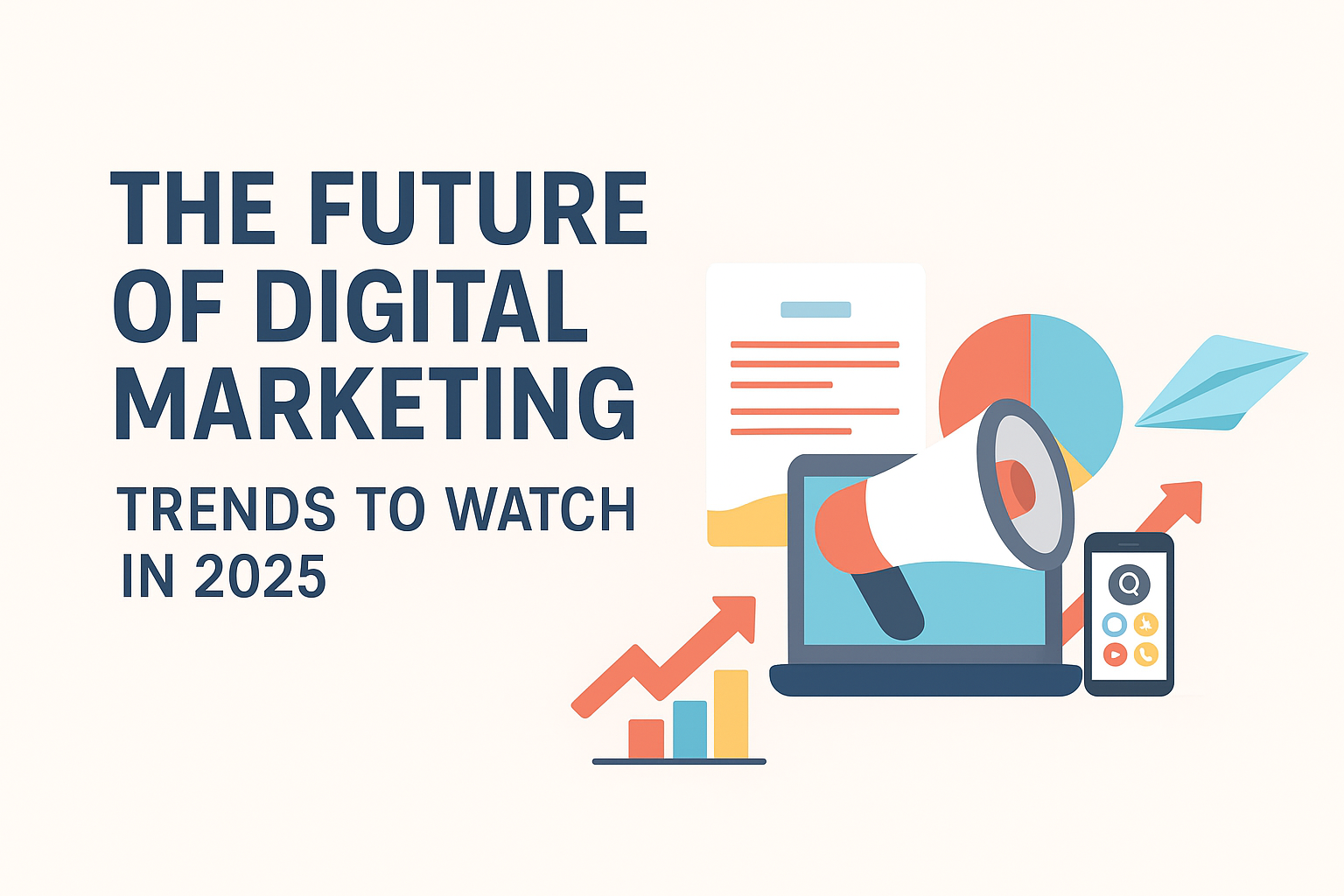
Get ready for a year of smarter automation, deeper personalization, and immersive experiences. As platforms, consumer habits, and technology evolve, marketers who adapt quickly will win attention, trust, and conversions.
1. AI-Driven Personalization at Scale
Artificial intelligence is no longer experimental — it’s mainstream. In 2025, AI will power end-to-end personalization: content recommendations, dynamic creative optimization, predictive customer journeys, and automated bidding across paid channels. Rather than generic segmentation, marketers will use AI to deliver individually relevant experiences in real time, increasing engagement and conversion rates while reducing wasted ad spend.
2. Privacy-First Marketing and Cookieless Strategies
With rising regulatory scrutiny and the sunset of third-party cookies, marketers will double down on privacy-first approaches. First-party data collection, contextual advertising, and privacy-safe measurement (such as aggregated event measurement and modeled attribution) will become standard. Building trust with transparent data practices and clear value exchange will be essential for long-term performance.
3. Conversational & Multimodal Experiences
Chatbots, voice assistants, and multimodal interfaces (text + voice + image) will create new touchpoints for brands. Customers expect instant, helpful interactions — whether asking a question via voice search, interacting with a brand bot, or using visual search to find products. Brands that design seamless conversational flows and integrate them into commerce and support will deliver superior experiences.
4. Short-Form Video & Creator-Driven Commerce
Short-form video continues to dominate attention. In 2025, creator-driven commerce will grow as influencers and micro-creators become direct sales channels. Authenticity will matter more than production value; user-generated content and creator collaborations will drive discovery, trust, and conversion across social platforms and shoppable video surfaces.
5. Immersive & AR-Powered Interactions
Augmented reality (AR) will move beyond novelty into utility. Try-before-you-buy experiences for retail, AR-enhanced ads, and interactive product demos will reduce friction in the buyer journey. Immersive formats will also enable memorable brand storytelling, increasing consideration and purchase intent for experiential categories.
6. Automated Creative & Dynamic Content
Dynamic creative generation — where messaging, visuals, and layout adapt automatically to user signals — will accelerate. Marketers will rely on templates and AI to scale thousands of creative permutations, ensuring relevance for different segments and contexts while maintaining brand consistency.
7. Measurement Evolution & Experimentation
Measurement will become more sophisticated and experimental. Marketers will combine modeled attribution, incrementality tests, and advanced uplift studies to understand true campaign impact. Continuous A/B testing and rapid experimentation will be central to optimizing channels and creative in uncertain environments.
8. Sustainability & Purpose-Led Marketing
Consumers increasingly favor brands that demonstrate environmental and social responsibility. In 2025, authentic purpose-driven storytelling and transparent sustainability practices will influence purchase decisions. Marketers will need to back claims with measurable actions and clear reporting.